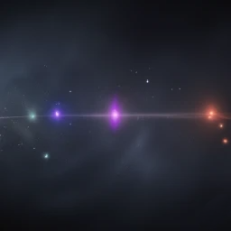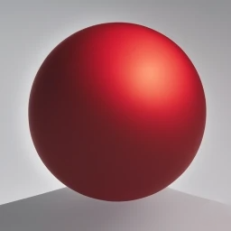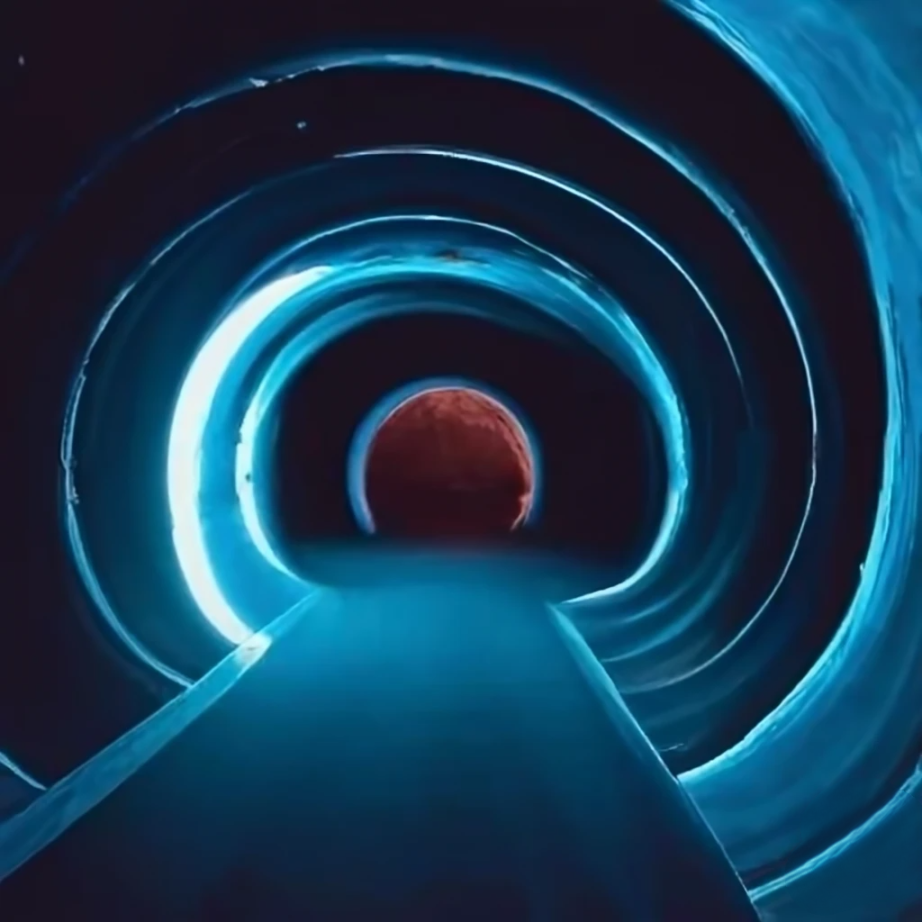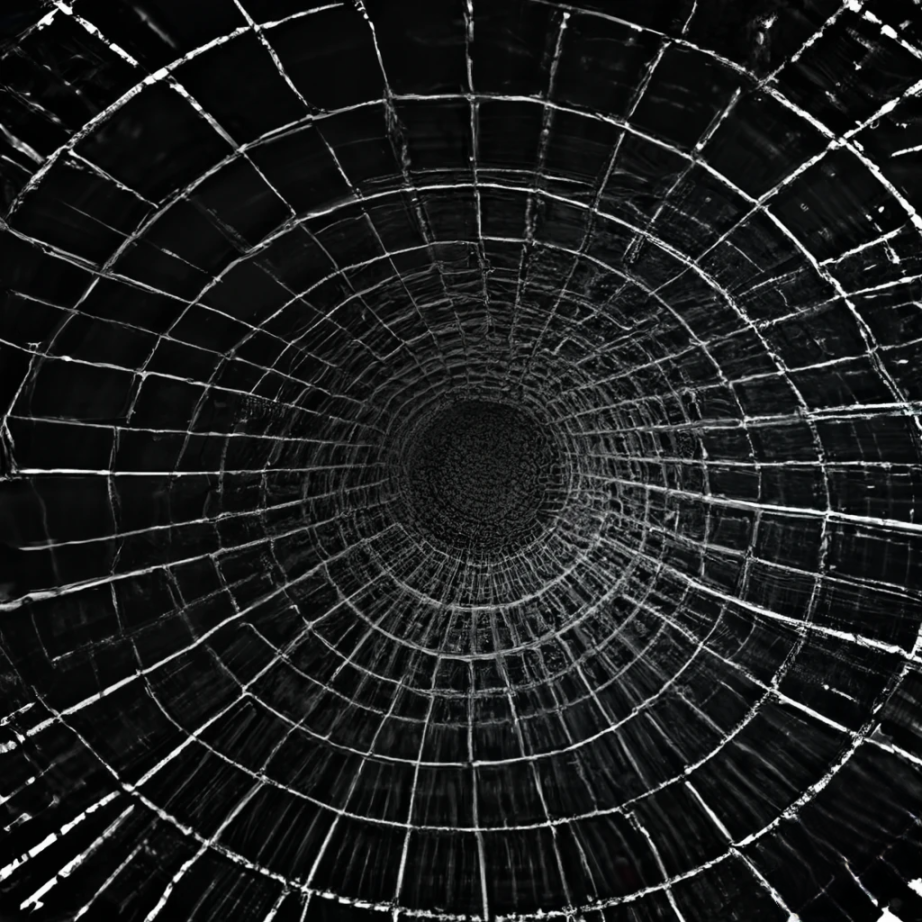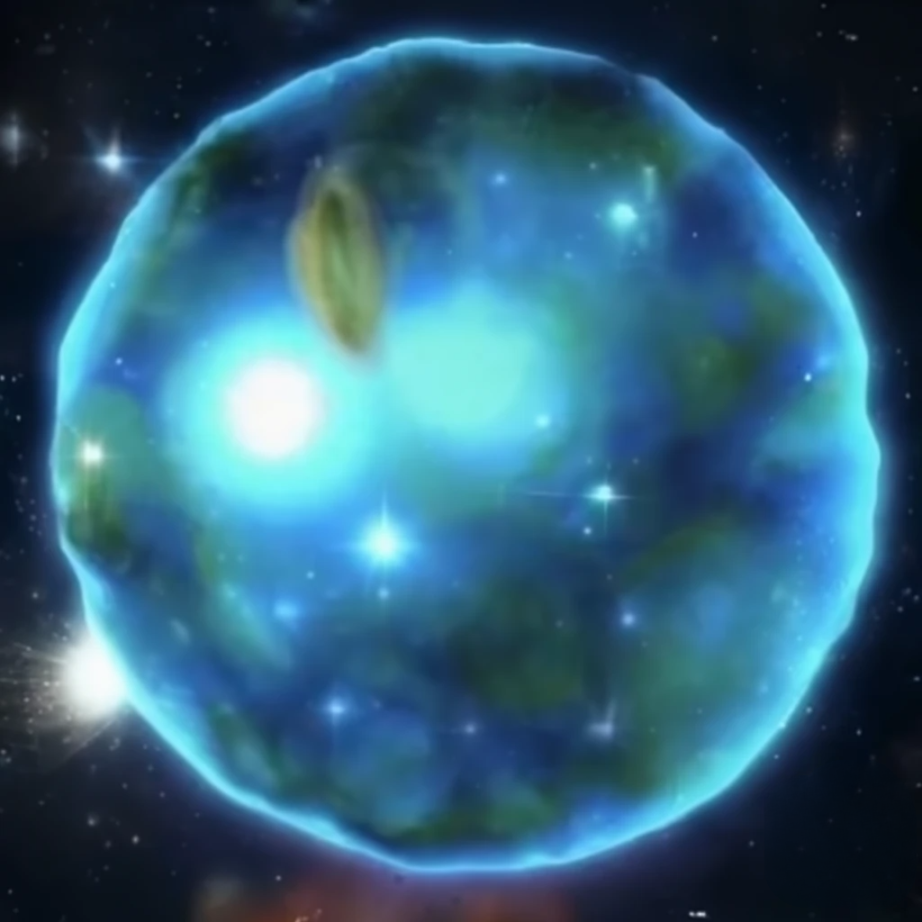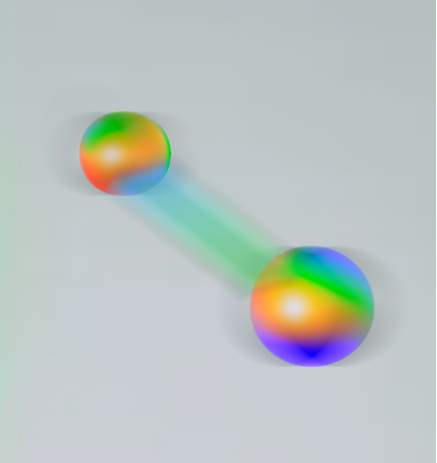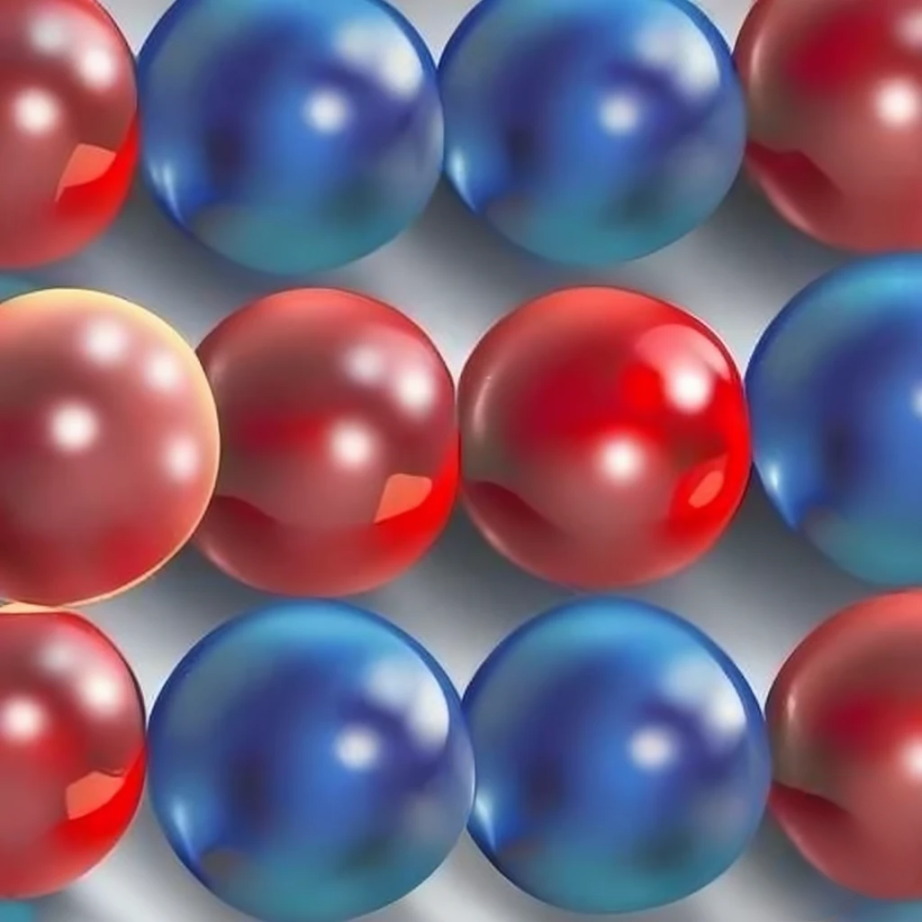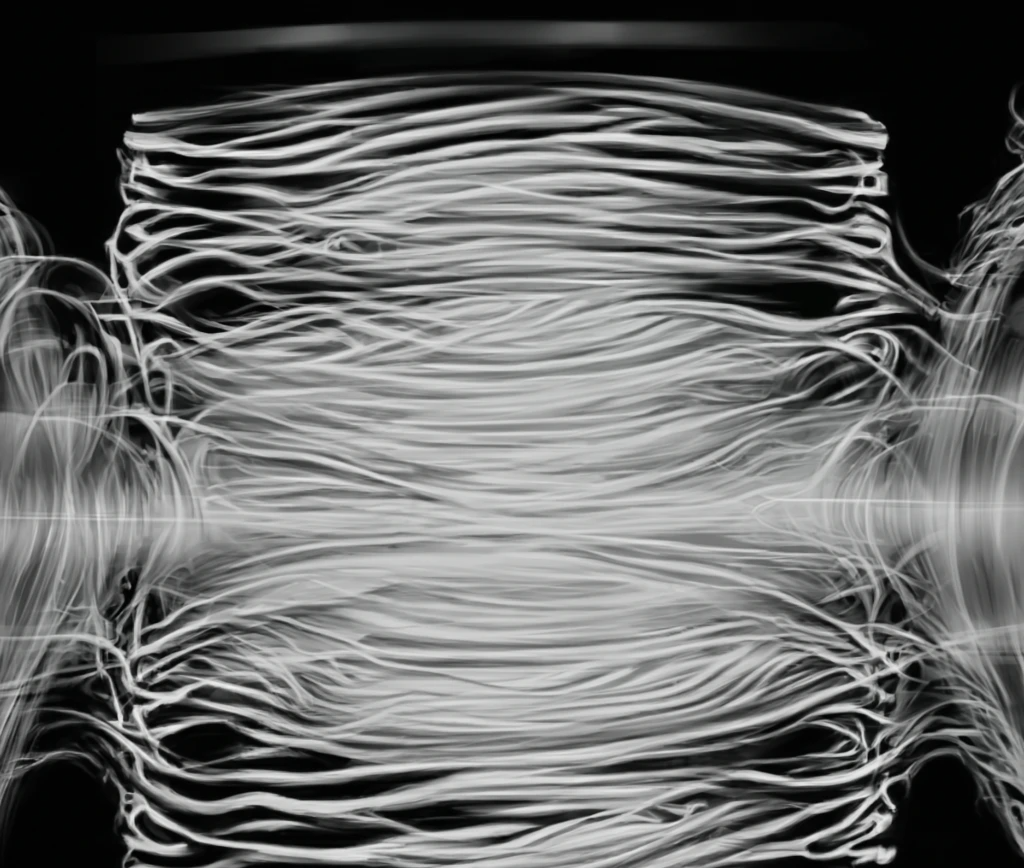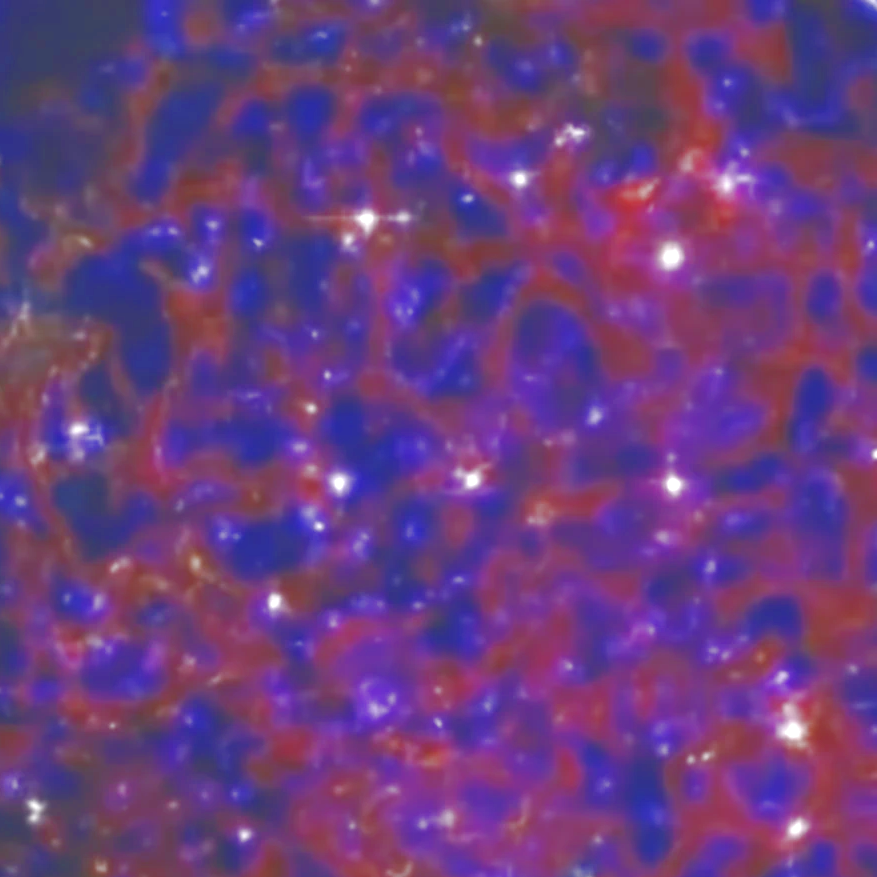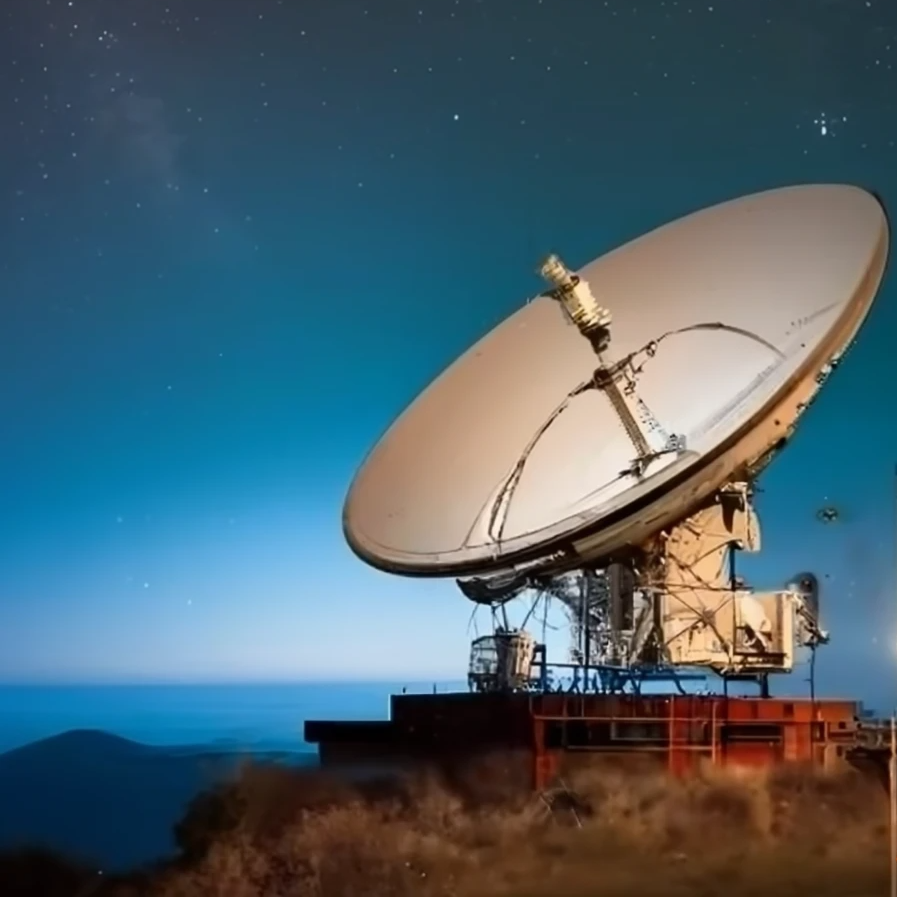A Portrait of Space – Time in the Vision of the EPR Paradox Investigation
The Quantum Main Feature
Quantum theory (further information in here), renowned for its perplexing and counterintuitive features, is notably characterized by the phenomenon of Non-Locality a [1]. This aspect of quantum mechanics involves the influence of the measurement of one part of a quantum system on another part, regardless of the distance separating them, provided the system is described by an entangled, non-separable wavefunction b. This phenomenon, dramatically illustrated by the Einstein - Podolsky - Rosen
(EPR) Paradox, raises profound questions about the nature of reality and Locality.
It’s Time of Paradoxes…
The EPR paradox highlights two distinct puzzles in quantum mechanics. The first, termed the EPR Locality Paradox, emerges in non-relativistic quantum mechanics and pertains to the non-local correlations enforced by entanglement b (further information in here, Ref. 2). The second, the EPR Influence Paradox, arises in the context of Special Relativity, where the order of measurements on spacelike separated entangled particles can differ between reference frames.
When considering the EPR paradox under special relativity, a deeper mystery arises. For spacelike separated measurements on entangled particles, there exist reference frames where the temporal order of these measurements is reversed. This relativity of Simultaneity [2] introduces additional complexity into understanding the non-local a influences described by quantum mechanics.
The non-local influence between entangled particles appears unattenuated by distance, discriminates specifically between entangled components, and can operate at speeds exceeding that of light. These properties starkly conflict with special relativity, which posits that the speed of light is the ultimate speed limit for causal influences.
By acknowledging that quantum measurements actualize particles into Space - Time, the paradoxical nature of influence between measurements is mitigated. The influence does not propagate instantaneously between pre-existing Space - Time events but rather emerges as measurements occur, respecting the relativistic constraints on Causality [3].
A Quantum and Conceptual Framework relating to Space - Time
A recently proposed conceptual framework suggests that quantum objects do not exist within Space - Time until measured. Before measurement, the Metric (further information in here, Section 4) relations these objects obey are independent of the spacetime metric. This implies that the EPR paradox involves influences operating “outside” Space - Time.
To address the EPR influence paradox, the framework proposes a concept of “Areatime” [4], a reduced-dimensionality representation of Space - Time. Entities existing in areatime do not age relative to those in Space - Time due to orthogonal proper times. Interactions within areatime, when exceeding a certain limit, cause the “Actualization” of one possible state into Space - Time, corresponding to the collapse of the wave function (further information in here) in quantum mechanics.
According to this framework, non-local quantum correlations are a manifestation of events in areatime, independent of Space - Time metric relations. The framework posits that Space - Time itself may be emergent, a result of processes occurring in a higher-dimensional areatime.
This conceptual framework reinterprets the standard path integral formulation (further information in here, Ref. 3) of quantum mechanics, distinguishing between actualizable and actual paths. Before measurement, a quantum particle does not exist in Space - Time, only actualizable paths exist. Measurement collapses these paths into an actual path, rendering the particle real in Space - Time.
Is There an Evidence of Non – Locality?
Bell’s Theorem provided a method to empirically test the predictions of quantum mechanics against those of local hidden variable theories. Experiments confirmed the violation of Bell’s Inequalities (Equation 1) [5], supporting the non-local predictions of quantum mechanics and challenging the notion of local realism.
Equation 1. A Bell's Inequality: the Linear Combination of Measurements Averages
This inequality is derived from an imaginary experiment, in which two characters, Alice and Bob, having a particle a person, perform, separately, two different measurements. So [math]\small{A_{0,1}}[/math] and [math]\small{B_{0,1}}[/math] are, respectively, Alice and Bob Binary Measurements; while the symbol [math]\small{\langle \rangle}[/math] stands for the Average of binary measurements.
A New Perspective for Universe Structure
The EPR paradoxes challenge the understanding of locality and causality. By proposing that quantum objects only actualize within Space - Time upon measurement, and suggesting that non-local influences originate outside Space - Time, a coherent conceptual framework can be constructed. This framework not only aligns with experimental observations but also provides a novel perspective on the fundamental nature of reality and the structure of Space - Time. If accurate, it implies that the fabric of Space - Time and the phenomena we observe are emergent properties of deeper, underlying processes in areatime.
- Nature. "Steering is an essential feature of non-locality in quantum theory" https://www.nature.com/articles/s41467-018-06255-5
- Semantic Scholar. "Derivation of Bell’s locality condition from the relativity of simultaneity" https://www.semanticscholar.org/paper/Derivation-of-Bell's-locality-condition-from-the-of-Blood/39b33473ea59b73f71acc38e10a752a832bf8cf3
- National Institute of Health. "On Explaining Quantum Correlations: Causal vs. Non-Causal" https://www.ncbi.nlm.nih.gov/pmc/articles/PMC8151236/
- arXiv.org. "Time in Quantum Theory" https://arxiv.org/pdf/0705.4638
- ResearchGate. "Can violations of Bell’s inequalities be considered as the final proof of quantum physics ?" https://www.researchgate.net/publication/257528290_Can_violations_of_Bell's_inequalities_be_considere_as_the_final_proof_of_quantum_physics
